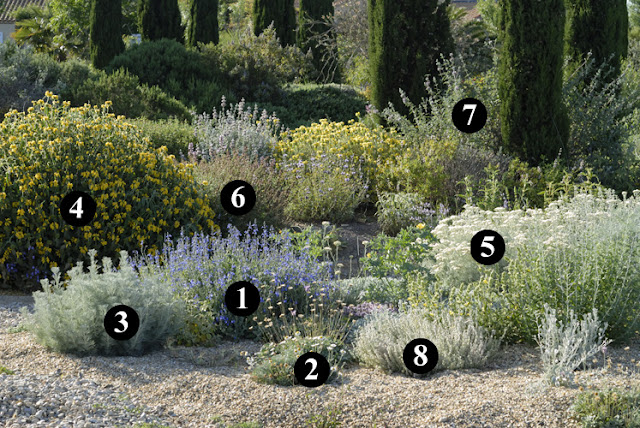Labyrinths - Idea for Your Circular Garden
Circles intrigue us and the most
compelling form of circular garden is a labyrinth. The term "labyrinth" conjures up something convoluted or maze-like but these circular walkways are relatively easy to navigate and are thought to hold great spiritual potential.
These outdoor features have
been in existence for over 3,500 years and were used as
solar and lunar calendars, meditative walkways and symbolic religious
elements. The labyrinth tradition has been revived in recent years and labyrinths can be seen nearly everywhere. Their presence offers us the chance to rediscover this meditative walking tradition. You can find them in open fields, parks, college campuses, and botanical gardens.

When you come upon a labyrinth, you cannot help but walk along the looping stone or gravel path. A labyrinth contains a single pathway leading round and round to a center point. Once you reach it, you simply reverse direction to go back to the beginning. This spiraling walk requires many changes of direction and creates a heightened sense of awareness to all who walk it.
In the
book, “A Celebration of Mazes,” the authors, Randall Coate, Adrian Fisher and
Graham Burgess, advocate making a maze or labyrinth, writing,
“ ...You will
have given our world of harsh reality and mindless speed a timeless oasis, a
leisurely paradise, the substance of a dream.” (1986)
It is indeed a lovely inclusion to any
serenity garden no matter how big or small.
Rev. Dr. Lauren
Artress, founder of Veriditas, the World-Wide Labyrinth Project, attributes the
popularity of labyrinths, in part, to the circle shape which she calls an “an
inclusive image…. an archetype for wholeness…”
Cheyenne Botanic Garden labyrinth by Archinia
It consists of granite ‘Belgian Blocks’ inlaid in the lawn which winds around in seven circular rings ending in a point in the center. This contemplative memorial epitomizes how an ancient circular feature can transform a busy urban site into a place of pilgrimage.















Comments
Post a Comment
Hi there! I would love to hear from you....